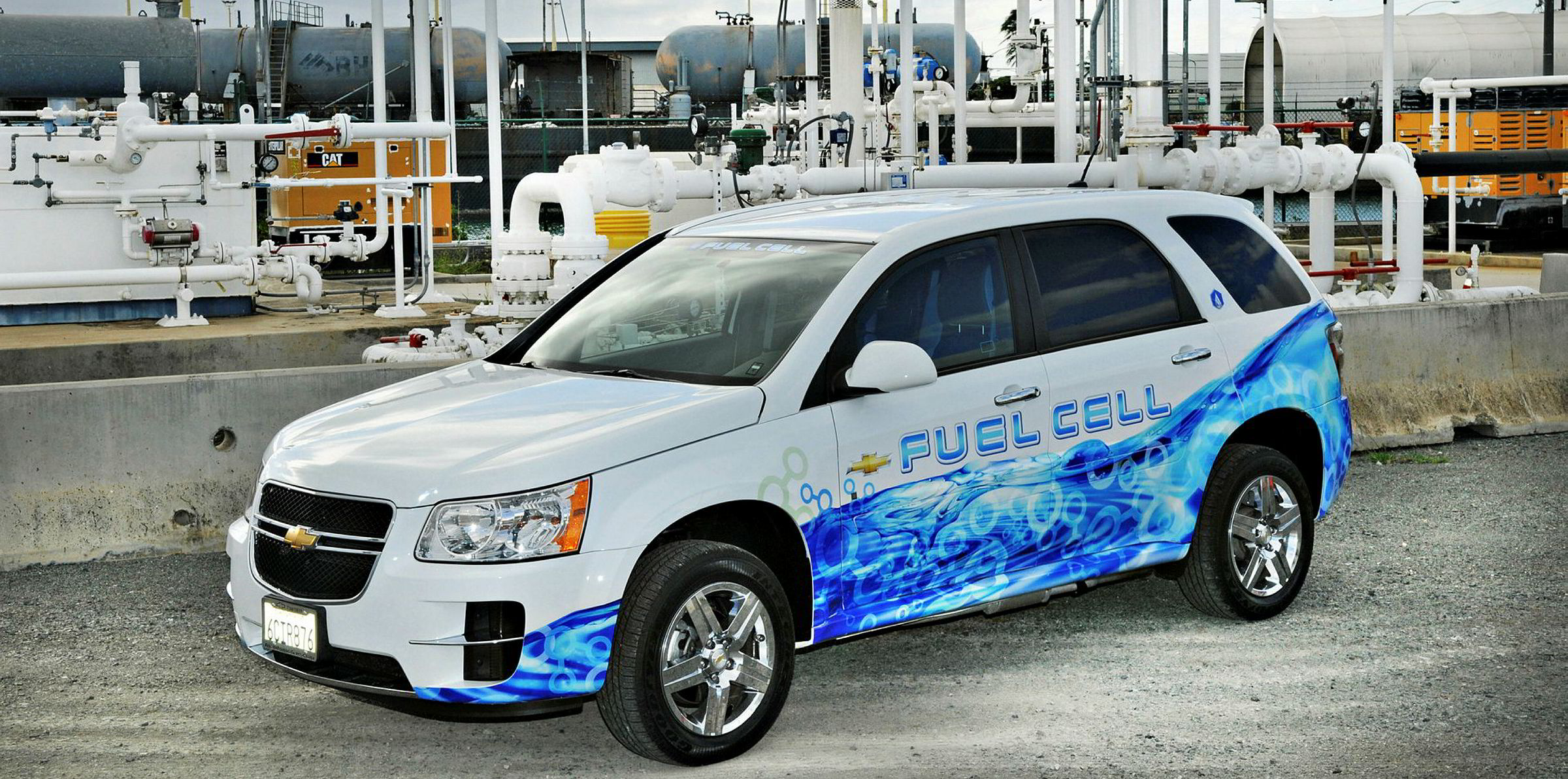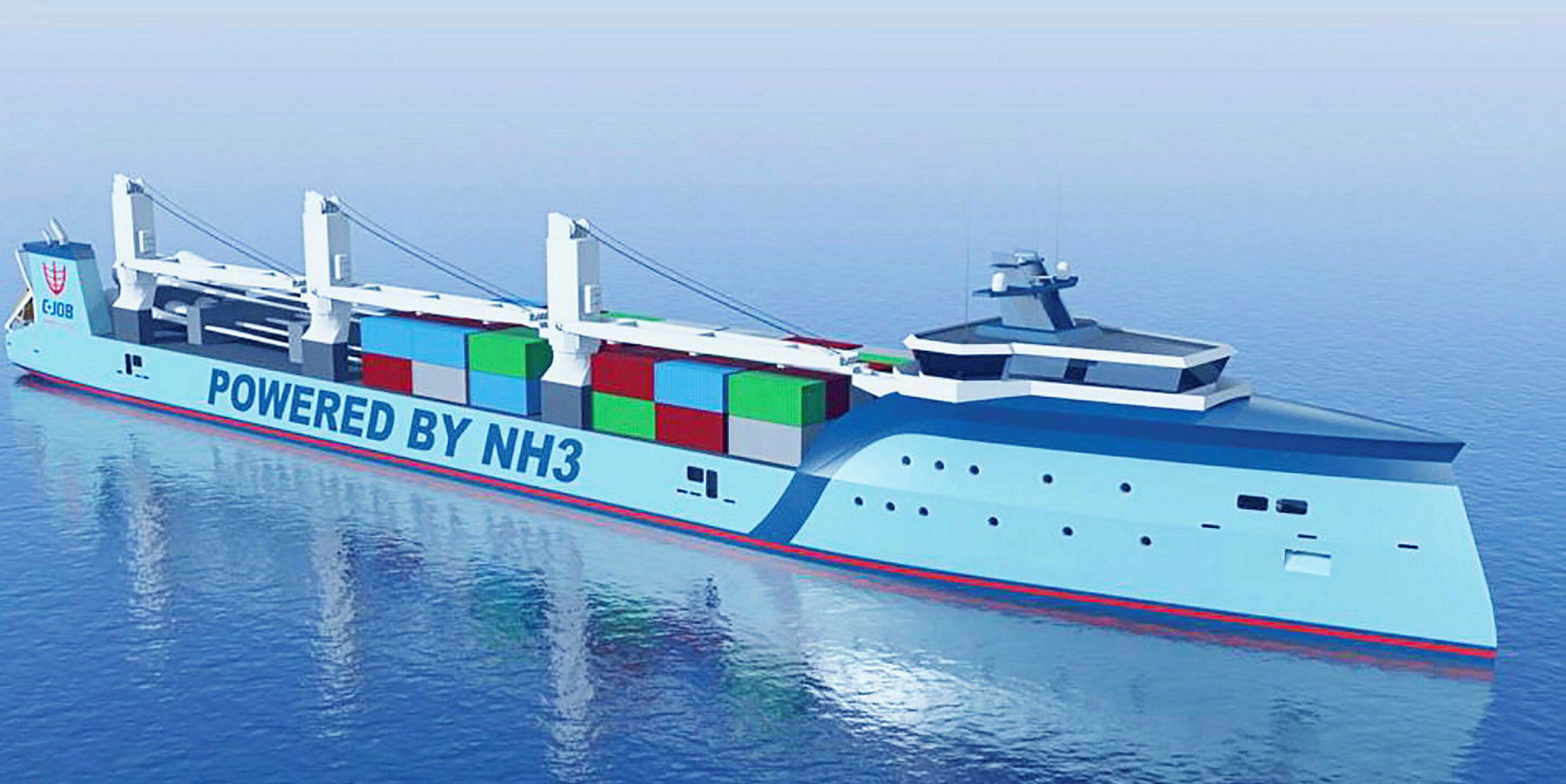If you were developing an A-Z of ways to tackle shipping’s carbon emissions, you would begin with ammonia. When deliberations start in the coming days at the IMO, you will hear that A-word more than ever.
Delegates to the IMO’s Intersessional Working Group on Reduction of GHG Emissions from Ships will also talk a lot about LNG.
This may all happen on the sidelines of this important series of meetings in London, as the formal agenda is rather more technical.
That will start with consideration of concrete proposals to improve the energy efficiency of the current fleet, then move on to discussions around capacity building, technical cooperation and assessment impacts.
This is important stuff, and the increasingly heated debate you can read every week in this paper is testament to the new sense of urgency.
Few people in the industry are in denial about the importance of climate action and the recognition that shipping now needs to lead or be led.
No zero-carbon fuel is yet ready for shipping. Much work needs to be done on technical know-how, cost and safety.

But evangelists of that A-word are already talking about an ammonia economy — a world powered by this energy-rich gas that can be easily cooled and squeezed into a liquid fuel.
This is a far cry from the ammonia we are familiar with: the one with a nasty smell that seeps out of domestic cleaning products.
In fact most ammonia — an estimated $60bn worth — is developed for agricultural fertiliser (via fossil fuels) and shipped around the world.
But some scientists believe ammonia can beat hydrogen as the renewable liquid fuel.
Ammonia has double the density of liquid hydrogen and is easier to ship and distribute, say its fans.
A project near Gladstone, in Queensland, eastern Australia, is looking at establishing an ammonia export terminal.

That scheme would use a dirty coal-burning plant, but ammonia can be produced by renewables — although it remains highly toxic and inflammable if it escapes. Ammonia is also possibly three times more expensive than fossil fuels, according to analysts.
But if a new industry developed around it, that cost could change — as could its competitiveness in a world of penal carbon taxes.
During the summer, a report from a team of Dutch naval architects, C-Job, outlined plans for a 54,000-dwt ammonia carrier fuelled by its own cargo. Niels De Vries, who led the research, backed by chemical engineer Proton Ventures, said: “We see ammonia as one of the high potentials of the renewable fuels.”
Tristan Smith, a reader in energy and shipping at University College London (UCL), is another believer. He says most of the world fleet will be powered by either ammonia or hydrogen within 20 to 30 years.
UCL has been at the forefront of arguments that the maritime world must move straight on to potentially zero-carbon fuels to meet IMO targets of halving shipping’s CO2 output by 2050.

Academics says LNG must be bypassed, not seen as a “transition” fuel, because to do otherwise locks in a cleaner but still polluting fossil fuel.
This is an argument that Viking Cruises boss Torstein Hagen used last week when he told TradeWinds: “LNG does not offer a solution to global warming.” In fact, he claims that with likely leakage from gas carriers of the super-deadly methane, LNG ends up being more polluting than conventional fuels. That is an extreme view, but Hagen is putting his efforts into ammonia and hydrogen as the potential fuels of the future.
‘Unprecedented momentum’
More work than ever is going on around hydrogen, of which 70m tonnes is produced annually.
The International Energy Agency said there was “unprecedented momentum” in 2019 for hydrogen, with 50 policies or targets introduced globally.
From Italy to the UK, there are trials substituting hydrogen for natural gas in domestic mains pipes.
There have been waves of interest in hydrogen in the past that have faded: General Motors produced its first experimental hydrogen-powered vehicle in 1966.
But growing talk of a climate emergency means it’s now or never for developing alternative fuels such as hydrogen, ammonia and LNG.






